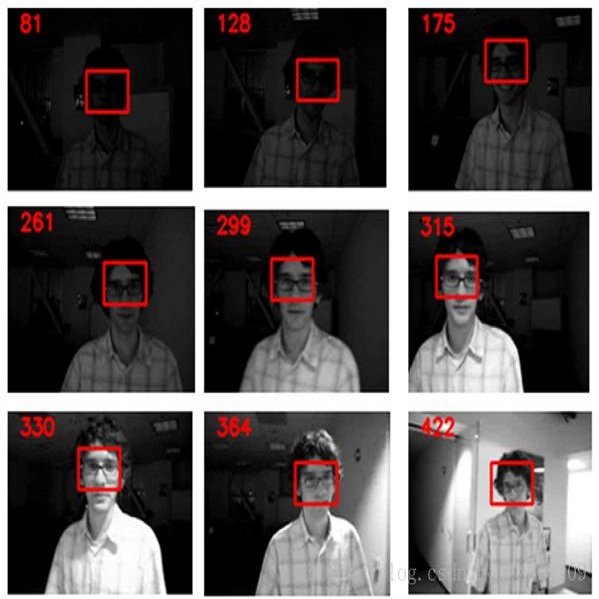Ego-pose estimation and dynamic object tracking are two critical problems for autonomous driving systems. The solutions to these problems are generally based on their respective assumptions, \ie{the static world assumption for simultaneous localization and mapping (SLAM) and the accurate ego-pose assumption for object tracking}. However, these assumptions are challenging to hold in dynamic road scenarios, where SLAM and object tracking become closely correlated. Therefore, we propose DL-SLOT, a dynamic LiDAR SLAM and object tracking method, to simultaneously address these two coupled problems. This method integrates the state estimations of both the autonomous vehicle and the stationary and dynamic objects in the environment into a unified optimization framework. First, we used object detection to identify all points belonging to potentially dynamic objects. Subsequently, a LiDAR odometry was conducted using the filtered point cloud. Simultaneously, we proposed a sliding window-based object association method that accurately associates objects according to the historical trajectories of tracked objects. The ego-states and those of the stationary and dynamic objects are integrated into the sliding window-based collaborative graph optimization. The stationary objects are subsequently restored from the potentially dynamic object set. Finally, a global pose-graph is implemented to eliminate the accumulated error. Experiments on KITTI datasets demonstrate that our method achieves better accuracy than SLAM and object tracking baseline methods. This confirms that solving SLAM and object tracking simultaneously is mutually advantageous, dramatically improving the robustness and accuracy of SLAM and object tracking in dynamic road scenarios.
翻译:目标估计和动态物体跟踪是自主驱动系统的两个关键问题。 这些问题的解决方案一般基于各自的假设, 即同步定位和绘图(SLAM)和天体跟踪(SLAM)的准确自我定位假设。 然而, 这些假设具有挑战性, 难以在动态道路情景中维持, 即SLAM和天体跟踪变得密切相关。 因此, 我们提议DL- SLOT, 动态的LIDAR SLM 和物体跟踪方法, 以同时解决这两个并存的问题。 这种方法将自主车辆以及环境中固定和动态物体的状态估计纳入统一的优化框架。 首先, 我们使用物体检测来确定潜在动态物体的所有点。 随后, 使用过滤点云云进行LIDAR odo测量。 同时, 我们提议了一种以滑动窗口为基础的物体关联方法, 将跟踪物体与跟踪物体的历史轨迹连接起来。 自我状态以及固定和动态物体的状态和动态物体都被纳入了基于窗口的协作图像优化。 静止物体的定位目标随后从潜在的动态物体跟踪中恢复了所有点。 一种更稳定的SLAAR定位路径, 显示一个更精确的GM 。 最后, 展示了一种更精确的路径, 以全球的路径将显示一个更精确的路径,, 并显示一个更精确的路径, 以更精确的SLSLALISLM 显示。



